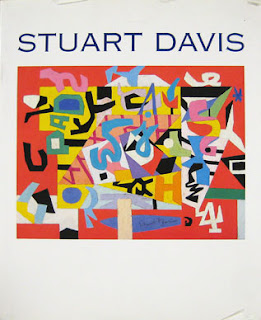Asked to name one Dinosaur, many people will come up with T. rex. Asked to describe this Dinosaur, people will mention her small arms and mouth full of sharp teeth. Found in North America, T. rex lived during the Cretaceous Period, and was one of the last Dinosaurs to exist.
Like other Theropods, T. rex walked on two legs, and was a member of the Saurischia Sub-order (also known as “Lizard-hipped dinosaurs”). She was the last in a very successful branch of the Theropods known as the Tyrannosauridae. This is important to know, since T. rex was originally thought to be a close relative of Allosaurus and other Carnosaurs (large Meat-eaters). However later studies proved that She was a member of the Coelurosauria Family, who are related to Birds. In fact, young T. rexes had proto-feathers before shedding them for the scales of an adult.
A nightmare for other Dinosaurs, T. rex possessed a keen sense of smell to hunt Hadrosaurs and Triceratops. (Unlike popular depictions, T. rex did not hunt Stegosaurus of the Jurassic Period.) Because T. rex was the only major meat eater of her time, scientists think that adolescent T. rex filled an important ecological niche. Studies show that teen-age T. rex had a longer childhood than other Dinosaurs, and filled the niche of middle-size predators. Being constantly hungry, teenage T. rex scoured the countryside in search of food (much like human teen-agers).
Stouter than other Tyrannosaurs, adult T. rex had more powerful legs to pursue her prey. Meanwhile adolescent T. rexes ran faster than many other Dinosaurs. As the most terrifying of Dinosaurs, T. rex had giant spikes for teeth. With these teeth, She pierced and gripped her prey. Using her powerful jaws, T. rex crushed bones and ripped away large chunks of meat from her unfortunate victim.
T. rex is more than an eating machine or icon. She is a complex being who we have yet to discover more about. Every idea that we had about Her we were forced to discard upon learning new knowledge. T. rex challenges us to explore and to give up our intellectual conceits.
As adolescent T. rex relentlessly explores her territory, so we can explore to satisfy our intellectual hunger. She teaches us not to be afraid of our intellect, but allow it to mature. Embrace her fierceness, and let T. rex guide you in your pursuits. With Her by your side, you can become more than you are. However do not become so domineering that you frighten everyone away.




